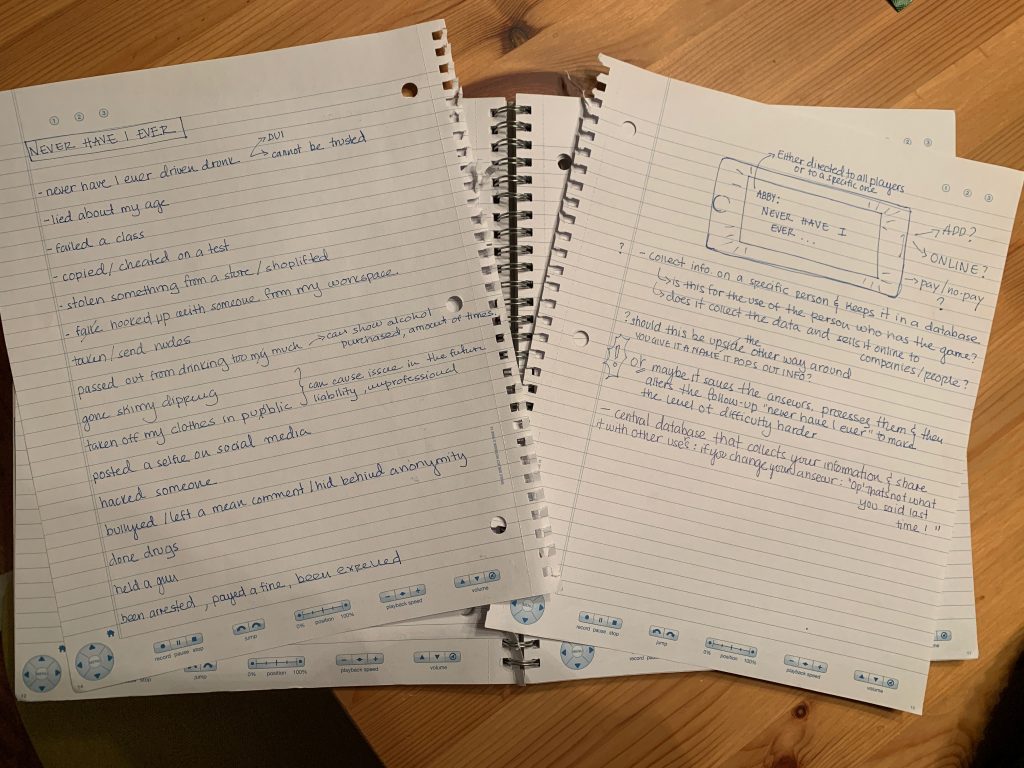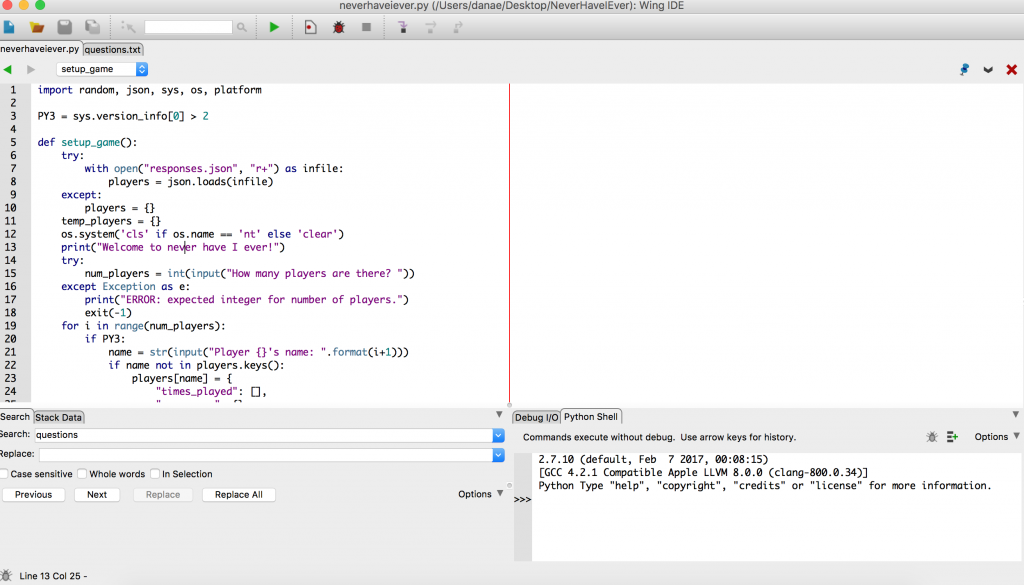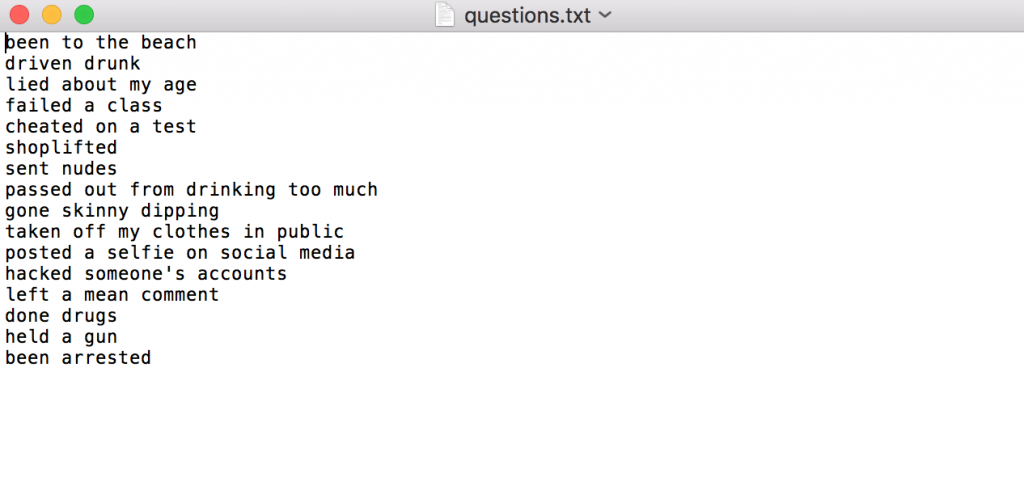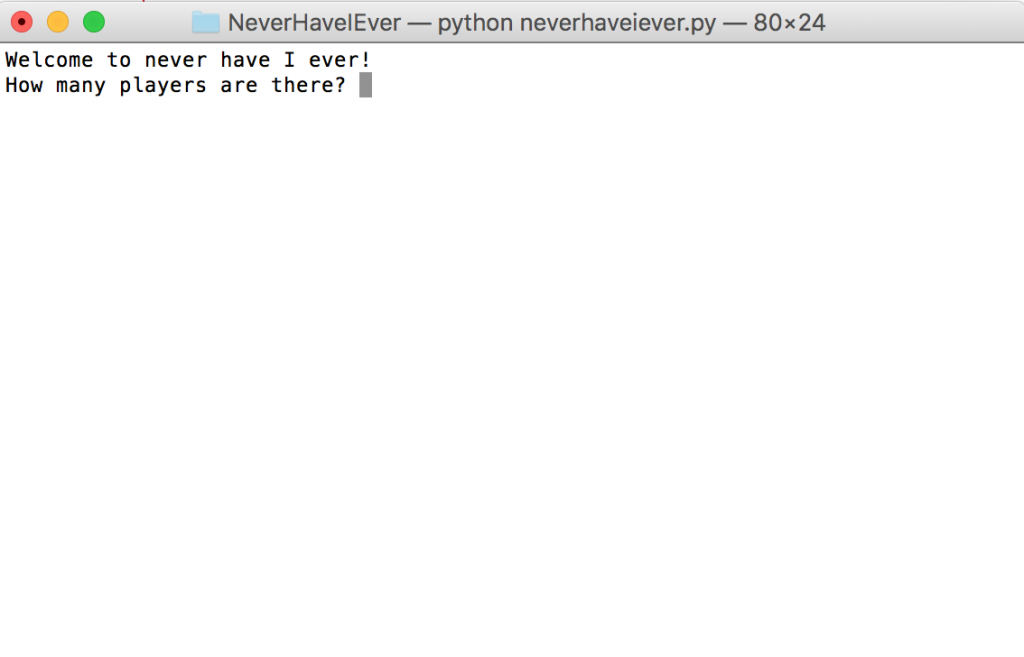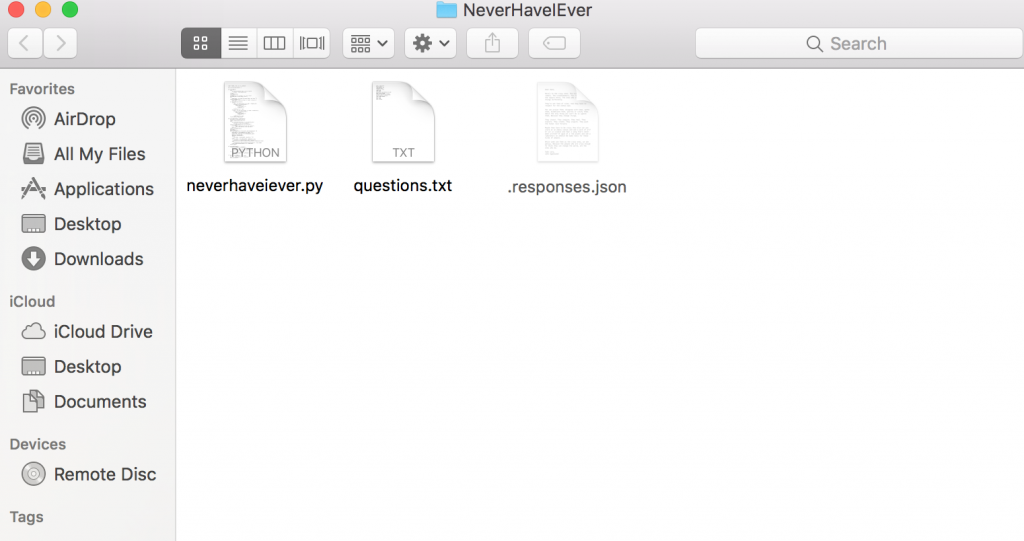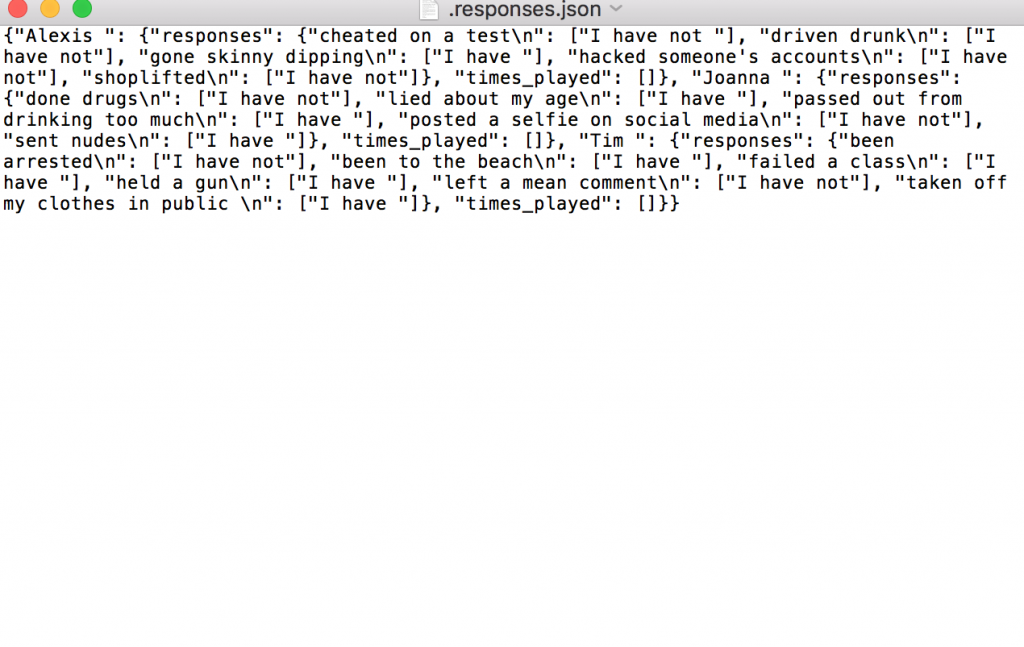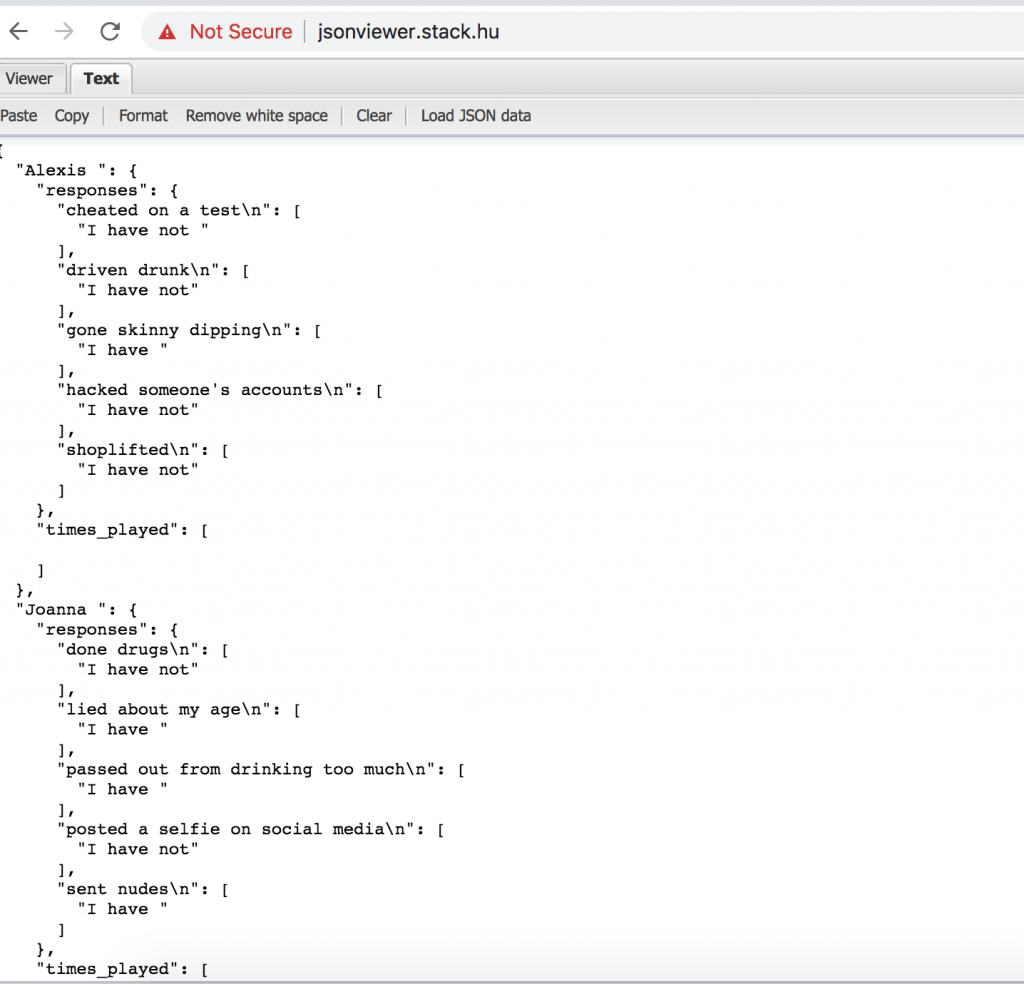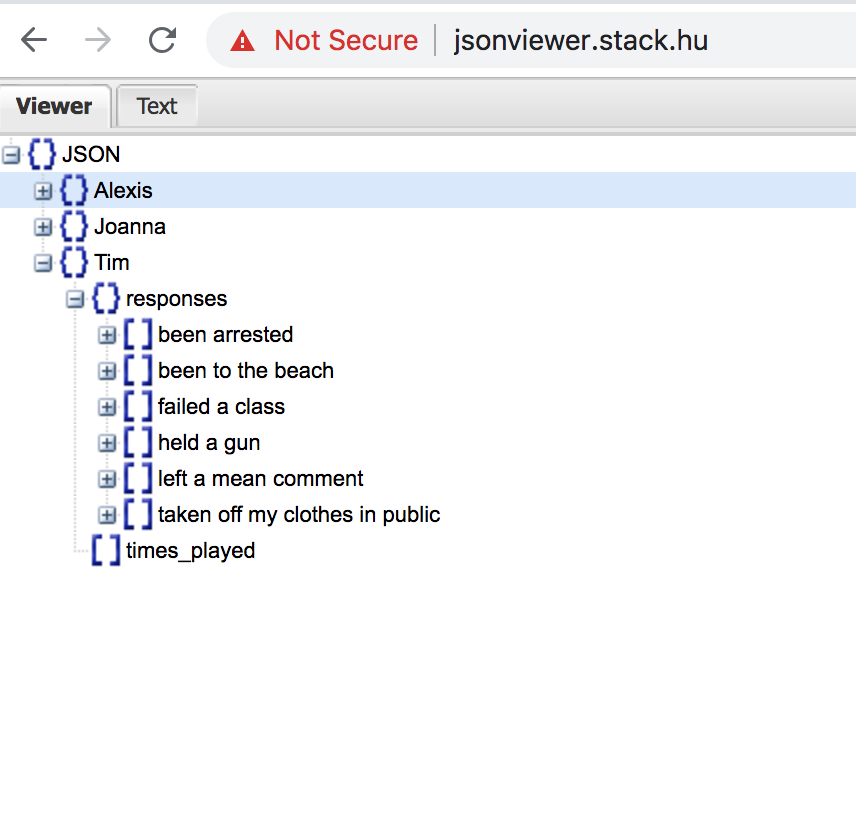Posted on February 14, 2019
Hack #2 – Never Have I Ever
Have you ever played a game of “Never Have I Ever…”? Was it possibly on a random Friday night during a pregame? Where you with a group of friends who ended up screaming, yelling and making weird sounds every time someone had to take a sip? Well, whether or not some of the above sound familiar to you; typically, a game of “Never Have I Ever” is played with a close –at least to some extent– group of friends or people, with the intention of ending up drunk and possibly ridiculed or just a funnier, quicker way to find out something about someone. Whatever the end-results are, most times you leave the game knowing at least one piece of information –if you may, about one of your friends that you were previously not aware of.
After taking a Surveillance Culture class I got to see first hand how much information you can find on someone by conducting a ”spying” project. For the first time I truly realized what it means to be able to literally find everything about someone. The same weird facts someone can find out from participating in a “Never Have I Ever…” game can also be randomly found online on some old and forgotten Facebook post, Instagram photo or even MySpace announcement! It was really shocking to see how much information we are basically feeding the entire web with or without our knowledge but always because we willingly decided to participate in some type of activity, whether that was as simple as even purchasing a smart phone or a computer to posting your current location on Facebook, to playing games on your phone.
Nowadays, applications and software track everything we do. Imagine a “Never Have I Ever…” game that is available online or in an app form, that basically tracks all your answers and keeps files on you. Normally, the questions that are asked on a “Never Have I Ever…” round are very personal and can reveal a couple of things about an individual’s personality or what type of person he/she is. This specific version of the game that I have made-up, has been coded with python using the Wing software with a list of question options written on a txt file. The code also simultaneously updates a file (named responses) that holds all of the answers each player gives, also saved as a txt file. (See photos attached below)
Now imagine the same game, but so much more complicated and detailed. For example, a simple “yes I have” answer or a sip of a drink, to a simple “never have I ever been to the beach” question, can lead to this secret game system collecting everything about you that relates to the beach. Everything from photos of you from your vacations in August, to your drunken college photos from your Spring Break in Mexico, to a photo your aunt posted of you and your cousins butt-naked on the beach as a 3-year-old. This can easily be a tool, companies or agencies use to categorize people and obviously make certain choices based on the information they have. In a way, this works as one of the categories of play that anthropologist’s Sutton-Smith characterizes as “play as power” (Flanagan, 2009, 4). A game like “Never Have I Ever…” that is usually thought of as an activity played by a group of people who have chosen to participate in this specific game that in their minds operates as a secret circle of friends who are in a mutual understanding of having fun in order to get a laugh out off it, get drunk and find out more about each other in an alternative way other than normal conversation. The questions are directed to each individual player (as you are asked to add the number and names of players in the beginning) and includes pre-approved questions in order to include all aspects of a person’s life and keep the players engaged by not allowing time to pass by as would happen if the players had to come up with a question on the spot.
So in a way, this form of play that is supposed to act as a “form of bonding, including the exhibition and validation or parody of membership and traditions in a community” (Flanagan, 2009, 5) that takes place during an original game of “Never Have I Ever…”, has now taken a twist into acting as a tool for spying that can be used as a “power play” when given to the wrong people with specific intentions. This particular type of play breaks what play is actually supposed to create; “[an] act of bonding and belonging; [a] practice of real-life functions; and [a] “fun,” being with friends, and choosing freely” (Flanagan, 2009, 4). It actually works as an imitator of the whole online world and the ability of everything we own that has been created by some mega-tech company to collect as much information as possible about an individual. It also works as an indicator to show how much we trust what we think is only a close group of people (i.e. the misconception many have where they think that they truly know everyone or at least most of the people they have on their social media accounts) with detailed information about our lives; who we hang out with, where we meet up, what coffee we picked up this morning while reading a specific book at the specific Starbucks location you choose to include with the photo you upload on Facebook, Instagram, Twitter, etc.
A “Never Have I Ever…” game does not consist of any specific hard rules other than answering truthfully because that is what you have agreed on doing by even choosing to participate in it. Ideally, the actual version of this type of never have I ever would have a central database that collects your information and shares it across every download or online platform that it is played on. In the future, it could possibly process the saved answers and then give follow-up ones that increase the level of difficulty depending on what the person previously answered and how personal or impersonal the question was. It can even have the ability to call-out a person when they give a different answer to a question they had once answered another time they played this info-collector “Never Have I Ever” version.
